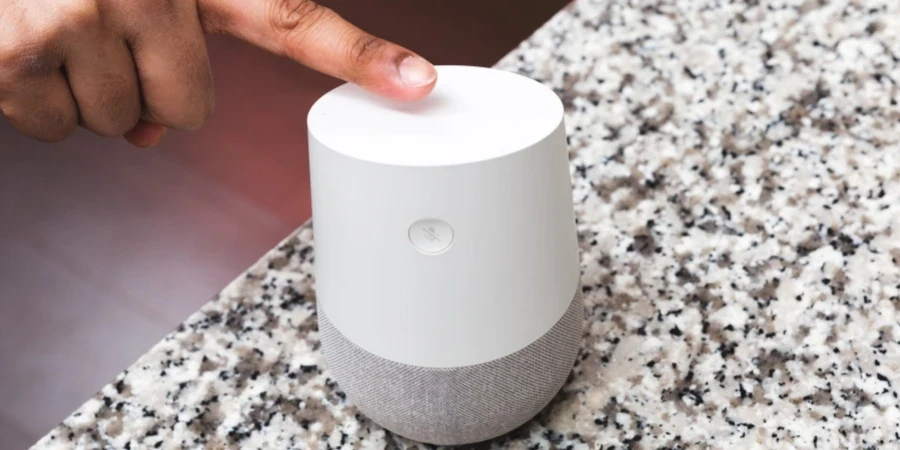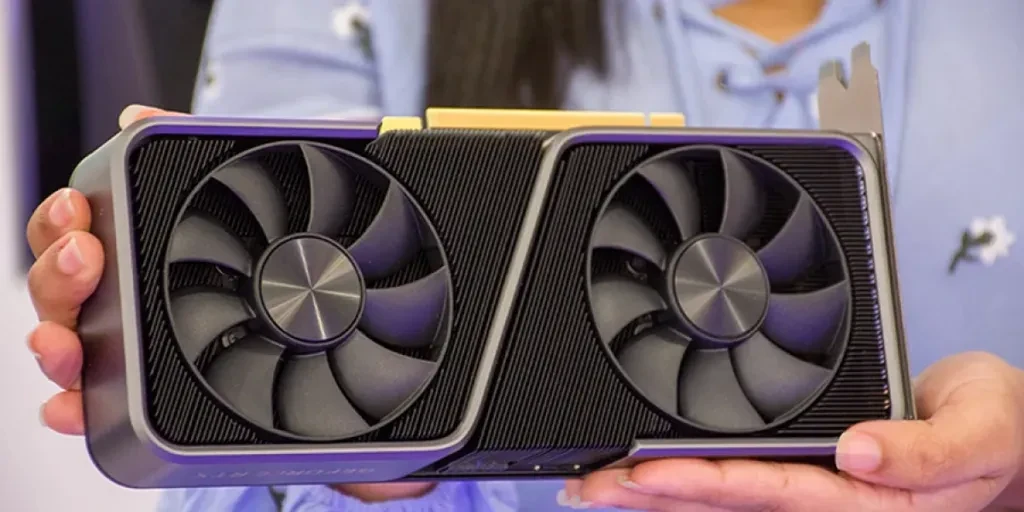Table of Contents
Introduction
Market overview
Key technology and design innovations
Top-selling models driving market trends
Conclusion
Introduction
Smart home devices have rapidly become essential assets for modern households, transforming daily routines with advanced automation and convenience. From intelligent security systems to energy-efficient lighting and thermostats, these devices cater to a broad range of needs, enhancing both home safety and energy conservation. Tech-savvy consumers are drawn to features like voice control and AI-driven automation, while environmentally conscious buyers appreciate the energy savings. Key categories, including home security, automation, energy management, and entertainment, reflect the growing demand for interconnected, customizable solutions. With smart home technology continuously evolving, it’s clear that these innovations are here to stay, reshaping home living across the globe.
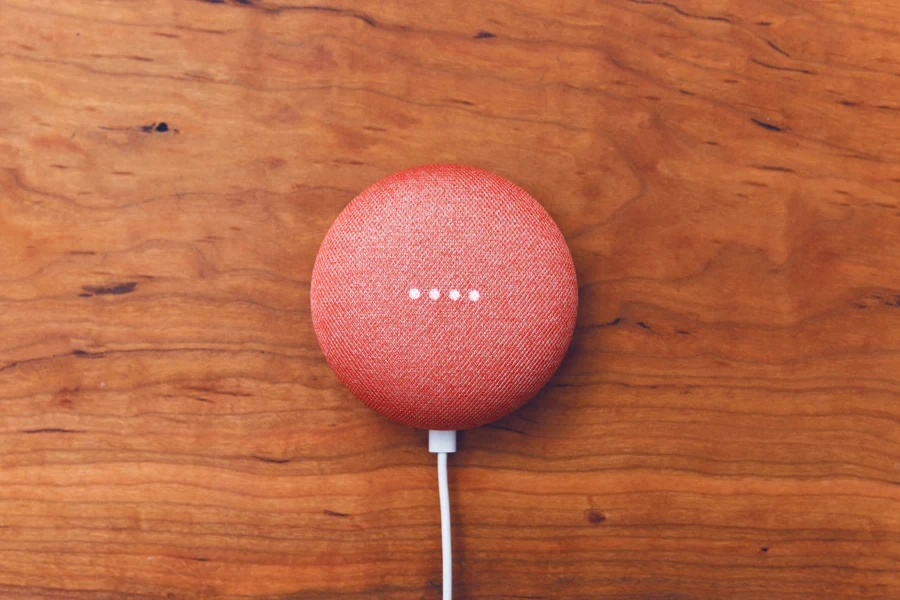
Market overview
The global smart home market is on track to expand significantly, with projections estimating growth from $84.5 billion in 2024 to $116.4 billion by 2029, at a compound annual growth rate (CAGR) of 6.6%. This rise is driven primarily by increased adoption of Internet of Things (IoT) technologies, widespread internet access, and advancements in AI and machine learning, which enable smart devices to anticipate user needs with greater accuracy. According to MarketsandMarkets, these drivers reflect consumers’ preferences for enhanced safety, energy management, and convenience, further fueled by a surge in disposable incomes in emerging economies.
Despite this growth, the market faces challenges, such as high costs for entry-level consumers and a lack of cross-platform compatibility, which limits functionality. Nonetheless, opportunities are emerging through government incentives for eco-friendly buildings, especially in regions emphasizing sustainability. According to MarketsandMarkets, Asia-Pacific is expected to experience the highest growth rate, with an anticipated CAGR of 8.4%, propelled by the rapid development of smart city initiatives in countries like China and South Korea, as well as supportive government policies in Japan. North America and Europe also contribute significantly to the market, driven by consumer demand for advanced home automation and energy-efficient technologies, with projected market shares of $34.5 billion and $26.1 billion, respectively, by 2029.
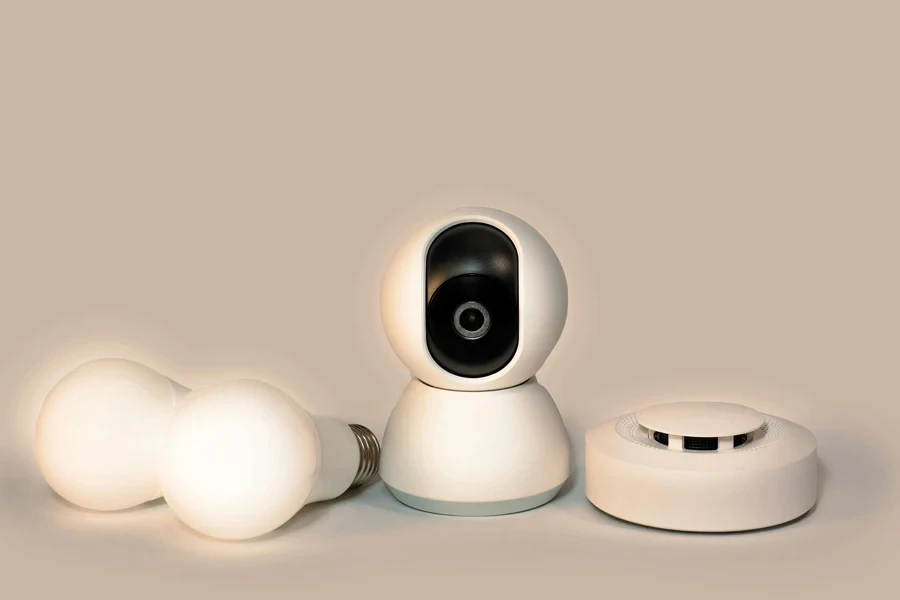
Key technology and design innovations
AI and machine learning have transformed smart home devices, making them more responsive and user-friendly. AI capabilities allow smart devices to learn user preferences and adapt to routines, enhancing convenience and improving energy efficiency. According to MarketsandMarkets, AI-driven systems now enable smart home devices to predict user needs and adjust settings automatically, from optimizing thermostat temperatures to adjusting lighting based on natural light levels. This predictive ability not only enhances comfort but also lowers energy costs, an essential benefit for sustainability-conscious consumers. With AI advancements, smart home systems now provide a level of personalization previously unattainable, making these devices integral to the daily lives of tech-savvy users.
Voice and touch control innovations are also making smart home devices easier to manage. Key platforms like Amazon Alexa, Google Assistant, and Apple HomeKit support seamless integration, allowing users to control multiple devices through simple voice commands or touch controls. TechRadar highlights how the latest smart speakers and displays serve as central command hubs, managing various home systems such as lighting, entertainment, and security. This intuitive interaction streamlines the user experience, enabling quick adjustments and real-time updates. Additionally, advancements in these platforms continue to refine speech recognition and responsiveness, making smart home systems increasingly accessible for all household members.

Addressing compatibility issues, the Matter standard is an industry-wide effort to enable interoperability across devices from different brands. By establishing a unified communication protocol, the Matter standard reduces the challenges of integrating smart home devices from various manufacturers. According to TechRadar, Matter simplifies setup and enhances security by allowing users to control any compatible device, regardless of brand, through a single system. This standard is especially beneficial for users looking to build diverse smart ecosystems without being restricted to one brand or platform, making it easier for homeowners to expand their smart systems with confidence in compatibility and security.
Energy management technologies are another area of rapid innovation, particularly through devices like smart thermostats, lighting systems, and appliances. The latest smart thermostats, such as the Ecobee models, use AI to adjust temperatures based on occupancy and scheduling preferences, optimizing energy usage to reduce waste. MarketsandMarkets notes that energy-efficient lighting systems like Philips Hue provide automation options that adjust light intensity and color based on time of day or user activity, further promoting energy savings. These advancements reflect a shift in consumer priorities toward more sustainable, energy-conscious smart home setups that help reduce environmental impact while lowering utility costs.
Security and privacy upgrades are becoming increasingly critical as more homes adopt connected devices. Enhanced encryption methods and secure cloud storage are standard in modern security cameras and smart locks, addressing privacy concerns by preventing unauthorized access and protecting data. PCMag reports that facial recognition technology in cameras and smart locks improves home security by allowing access only to authorized individuals, and remote access features let users monitor and manage home security from anywhere. These advancements underscore the industry’s response to growing demand for reliable, privacy-focused security solutions in the smart home market.
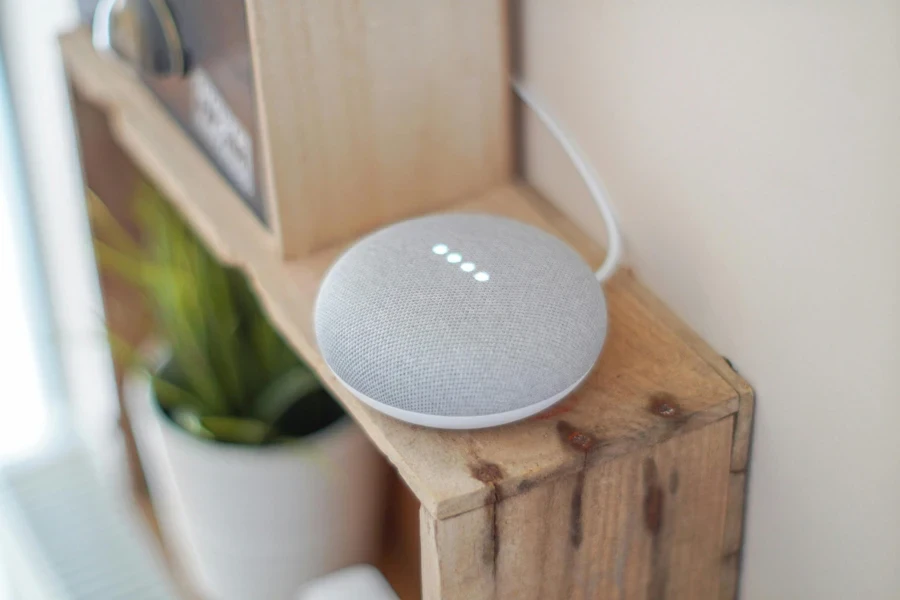
Top-selling models driving market trends
Smart security systems continue to lead in consumer demand, with models like TP-Link’s Tapo C120 outdoor camera and the Ring Indoor Cam setting benchmarks for security and affordability. The Tapo C120 offers high-resolution video, weather resistance, and intelligent alerts to differentiate between people, pets, and vehicles, making it ideal for comprehensive outdoor monitoring. According to PCMag, the Ring Indoor Cam provides affordability and seamless integration with Amazon’s ecosystem, allowing for efficient home monitoring through Echo Show or the Alexa app. These devices underscore the growing interest in budget-friendly, reliable security solutions that support remote monitoring and real-time alerts, providing homeowners with peace of mind.
Smart speakers and displays are essential to many smart home setups, with popular models like Amazon Echo, Google Nest Hub, and Apple HomePod dominating the market. Each speaker offers unique advantages tailored to its ecosystem—Amazon Echo provides Alexa integration with excellent sound quality, Google Nest Hub supports Google Assistant with strong voice recognition and visual displays, and Apple HomePod delivers superior audio in an Apple-centric ecosystem. According to TechRadar, these devices also serve as central command hubs, simplifying control over other smart home gadgets and enhancing the user experience by connecting entertainment, lighting, and security through voice and touch interfaces.
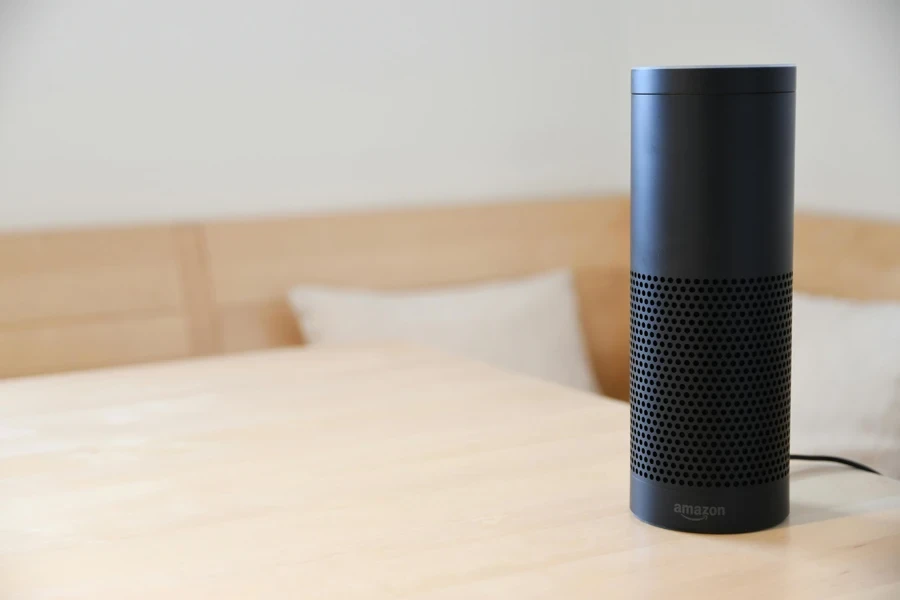
Smart kitchen appliances like the Anova Precision Oven and Hamilton Beach Smart Coffee Maker have become top choices for homeowners seeking convenience and energy efficiency in their cooking routines. The Anova Precision Oven uses steam and sous-vide technology for precise cooking, controlled remotely through a companion app, while the Hamilton Beach coffee maker allows users to set brew schedules via Alexa, ensuring a ready cup when desired. These devices exemplify the trend toward connected kitchen appliances that save time and enhance convenience, catering to busy households looking to automate routine tasks.
Energy-efficient devices like the Ecobee Smart Thermostat and Philips Hue lighting systems are increasingly popular due to their impact on reducing utility costs. The Ecobee thermostat utilizes occupancy sensors and adjusts settings based on user behavior, optimizing temperature control and lowering energy consumption. Philips Hue lighting provides customizable lighting that adapts to user routines and syncs across ecosystems such as Amazon Alexa and Google Assistant, which, according to MarketsandMarkets, meets consumer demands for sustainability and cost-saving features in the home.
Home automation essentials, including smart plugs and power strips, are gaining popularity for their ability to make traditional devices smarter and more accessible. TP-Link Kasa and Eve Energy smart plugs allow users to control appliances remotely, manage energy usage, and integrate with voice assistants like Alexa and Siri. According to PCMag, these smart plugs are especially valued for their affordability and flexibility, offering an easy entry point into home automation by turning standard devices into manageable smart gadgets that enhance convenience and accessibility in everyday life.

Conclusion
Smart home technology is transforming daily life by enhancing comfort, security, and efficiency for households worldwide. With advancements in AI, energy management, and seamless device integration, these systems provide tailored experiences that meet the unique needs of each household. Selecting products that align with specific preferences and ecosystem compatibility is essential for maximizing the benefits of a smart home. As innovations continue, the potential for interconnected, sustainable, and user-friendly homes becomes increasingly accessible, paving the way for a smarter and more responsive living environment.
